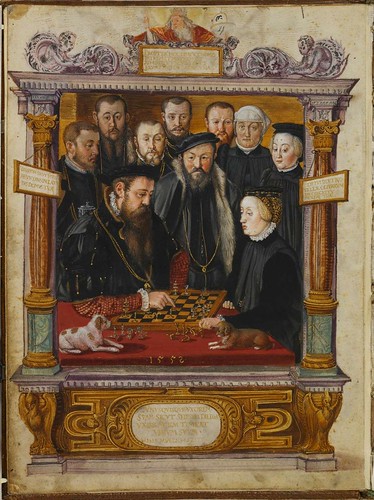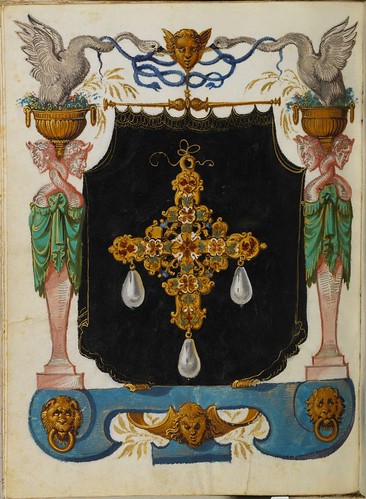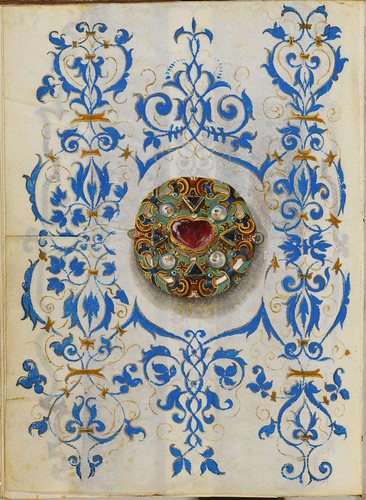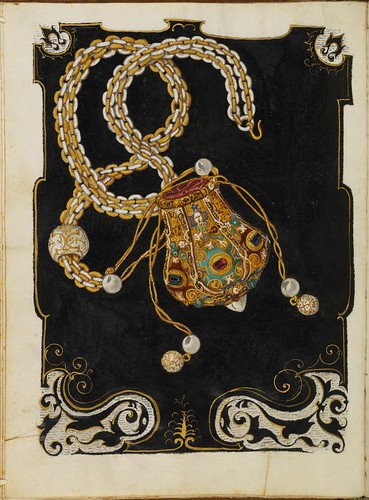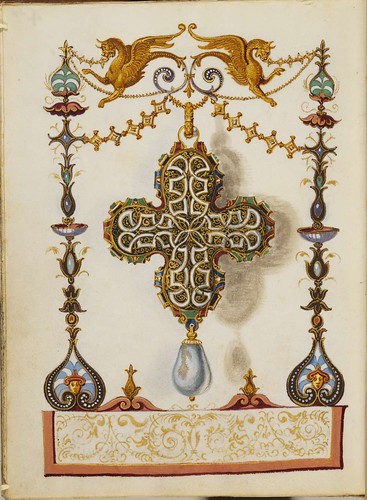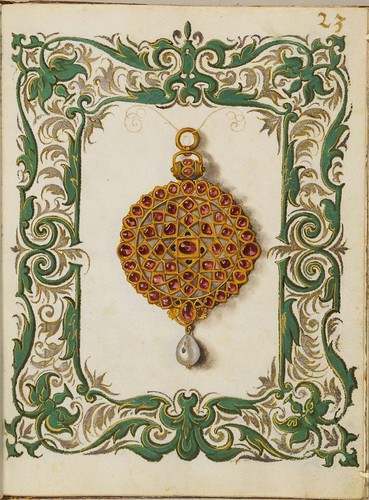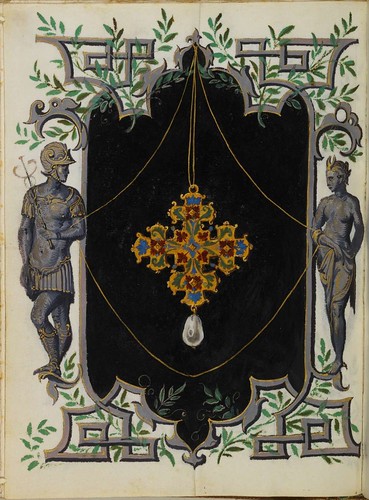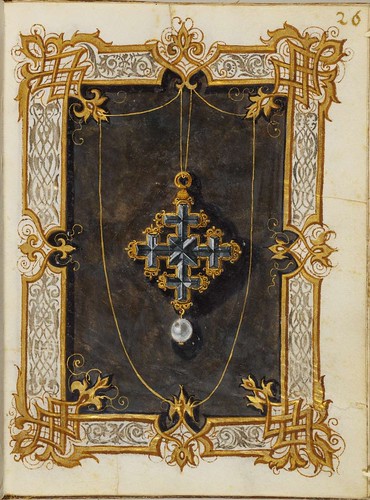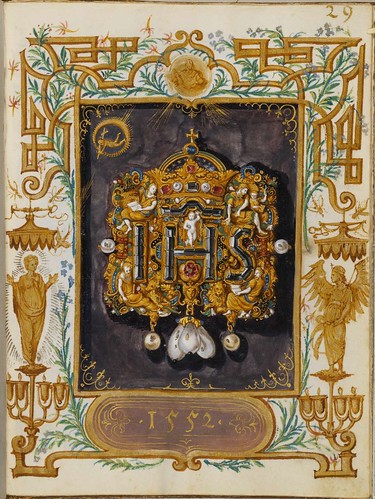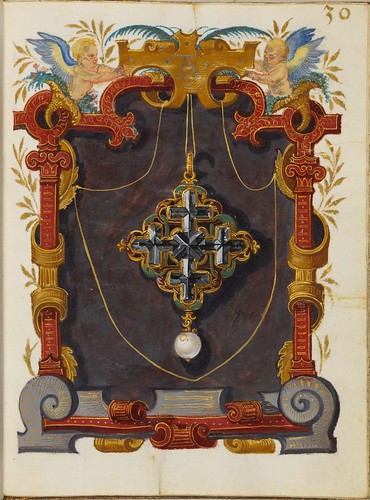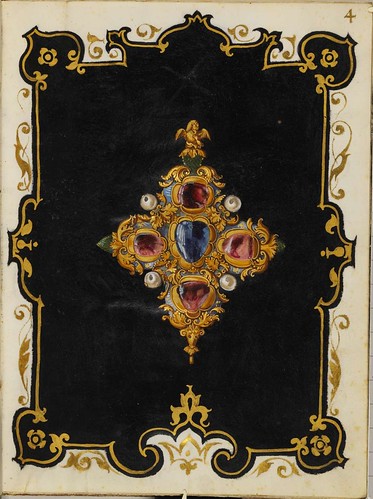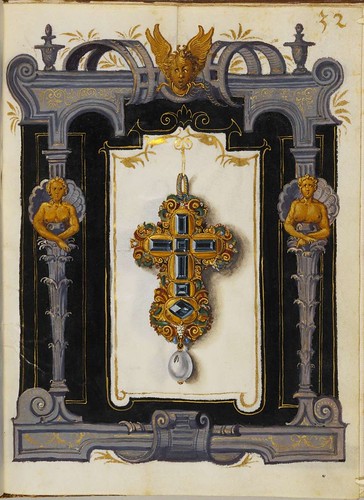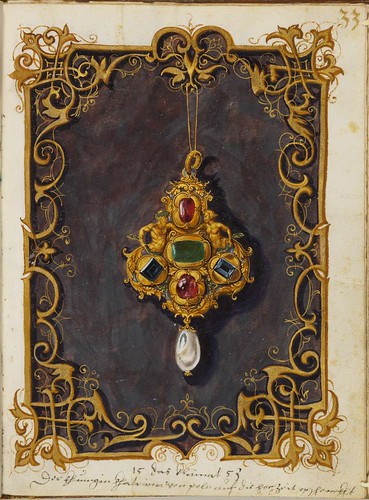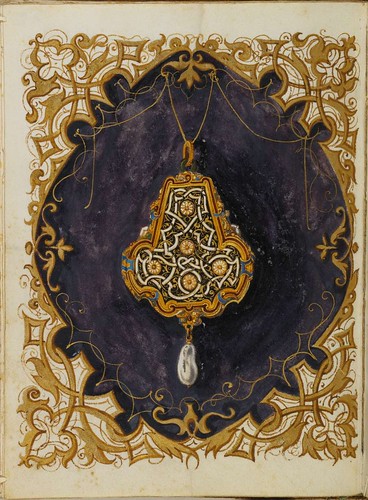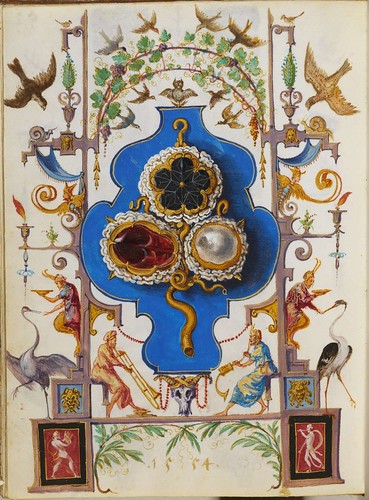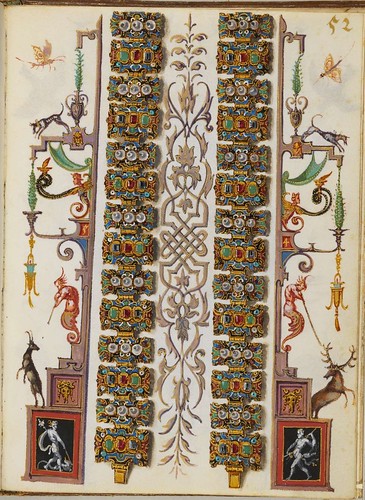The original penwork alphabet designs below are from
the Zaner-Bloser Penmanship Collection, donated to the
Harry & Jeanette Weinberg Memorial Library at
the University of Scranton, Pennsylvania in 2010.
"The Weinberg Memorial Library houses the Zaner-Bloser Penmanship Collection, which is one of the most extensive collections of American ornamental penmanship from the late 19th and early 20th centuries." [..]
The company was founded in 1888 by Charles P. Zaner as the Zanerian School of Penmanship. Elmer W. Bloser purchased a share of the company in 1891 and in 1895 the school changed its name to the Zaner-Bloser Company. Zaner-Bloser Inc. [..]
Originally, the school prepared students for careers as penmen. Penmen often worked in business, preparing ledgers, writing correspondence and creating documents before the invention of the typewriter. Zaner-Bloser also taught students to become teachers of penmanship, illustrators and engravers, as well as engrossers, who employ the type of ornamental writing used for diplomas and certificates. During the 20th century Zaner-Bloser concentrated on the education market providing manuals, teaching aids, and other materials for elementary schools. [source]
'The company began publishing its own penmanship manuals. As the company history states: "In 1904, Zaner-Bloser published The Zaner Method of Arm Movement, a landmark text that taught the simplified style of writing learned by students at the Zanerian to children in elementary schools all over the United States. This book also applied the findings of psychologists who had discovered that young children completed manual tasks more easily if allowed to use the large arm movements that were natural to them at their early stage of motor skills development." ' [source]

Medieval Ornament alphabet

Modernised Broad Pen Medieval and Church Text alphabet
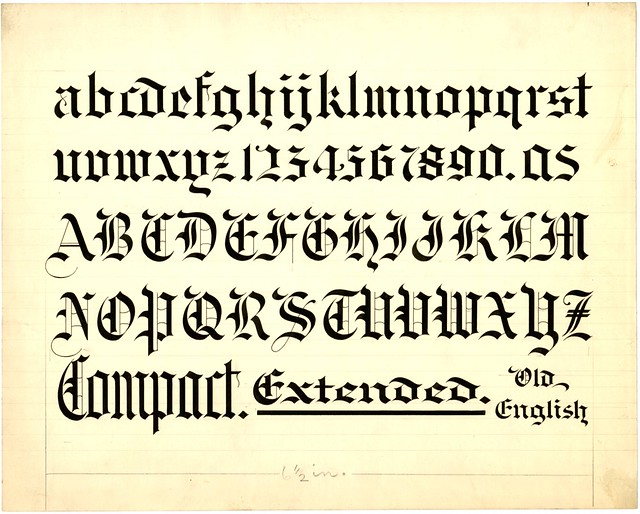
Old English alphabet
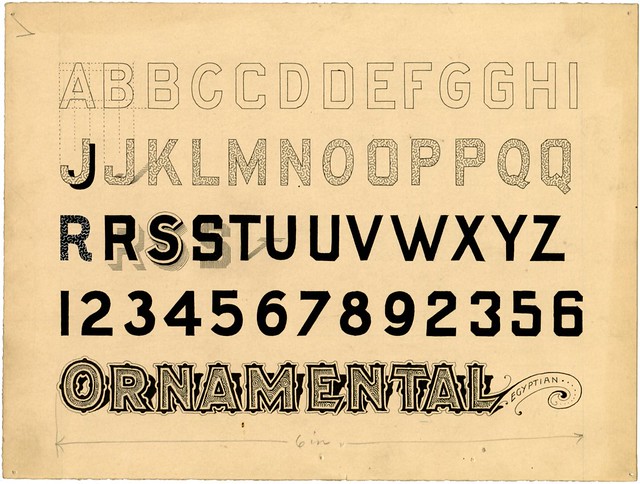
Ornamental Egyptian alphabet
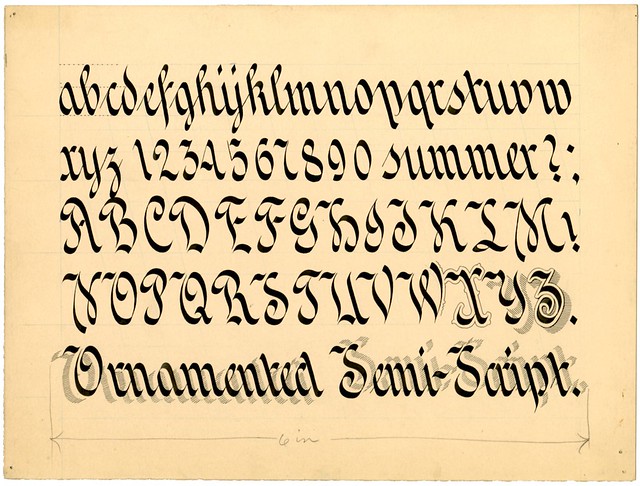
Ornamented Semi-Script alphabet

Ornate Roman alphabet
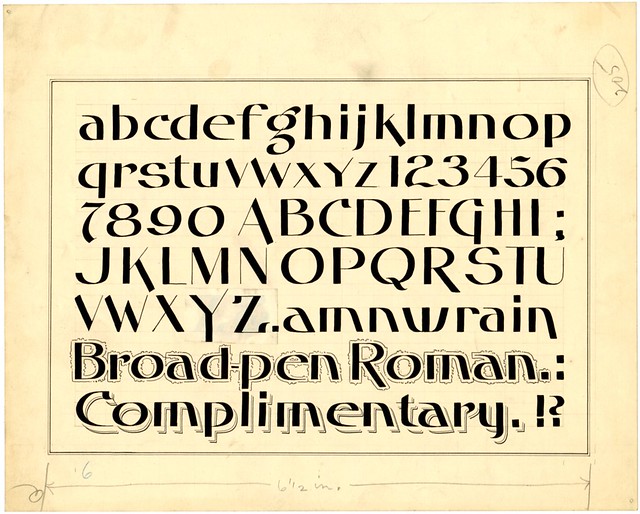
Broad-pen Roman alphabet
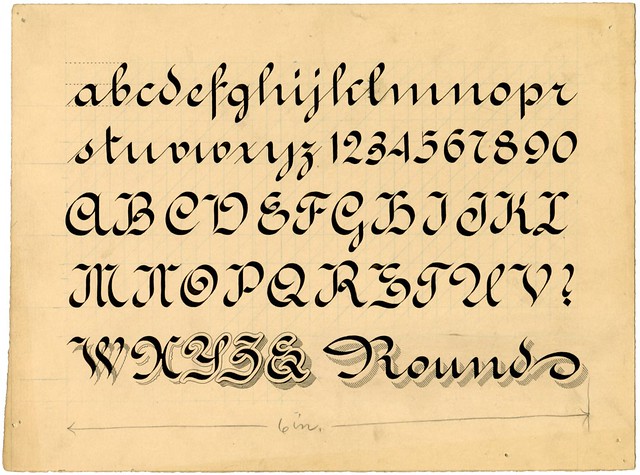
Round Letter alphabet
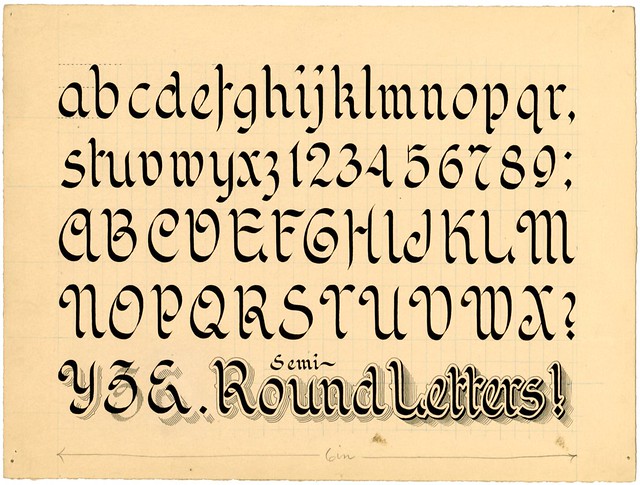
Semi-Round Letters alphabet
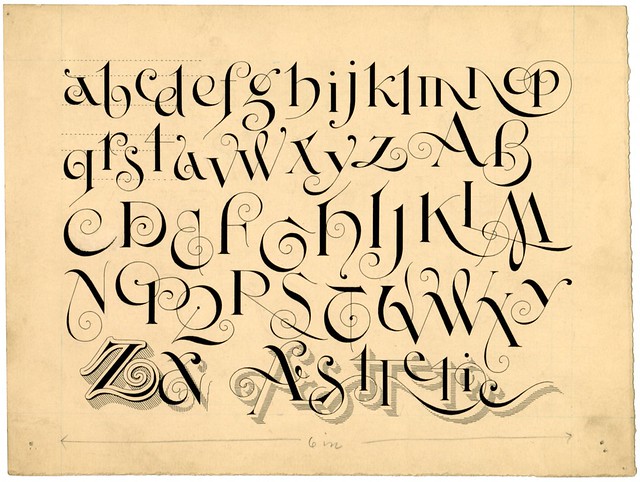
Aesthetic Text alphabet
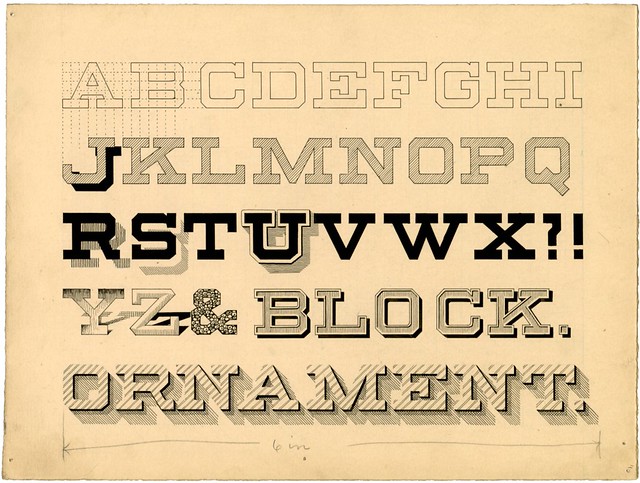
Block Ornament alphabet
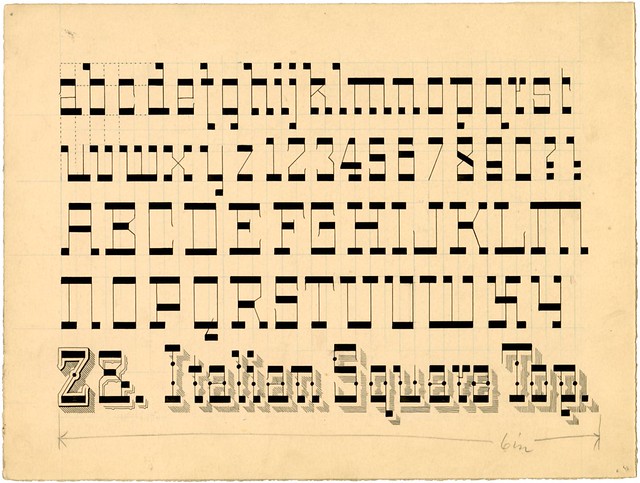
Italian Square Top alphabet

Light Line Block Marking or Skeleton alphabet
...This is my favourite, results close to me to Din Regular font, which is my most used font; but I cant't use that on blogger... Engineers from Alphabet:: what's going on B)
...This is my favourite, results close to me to Din Regular font, which is my most used font; but I cant't use that on blogger... Engineers from Alphabet:: what's going on B)

Single Line Centre or Sickles alphabet
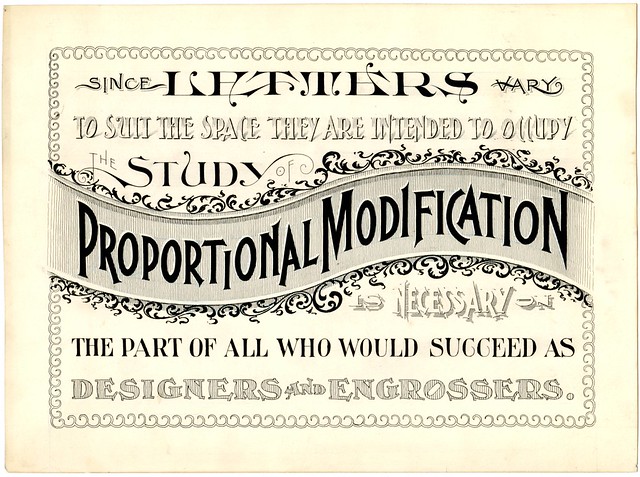
Applied Lettering of Proportion Modification
More specifically, the images above were selected from the 1900 and 1910 editions of 'The New Zanerian Alphabets'.
So far, only a small amount of the Weinberg Memorial Library collection
has been posted online. The image files available on the site are very
large (~6000px or more on the long side) but image focus is a
significant issue. I reduced the image sizes by about two thirds for
display here... one last thing, post title should be 20th C but...
